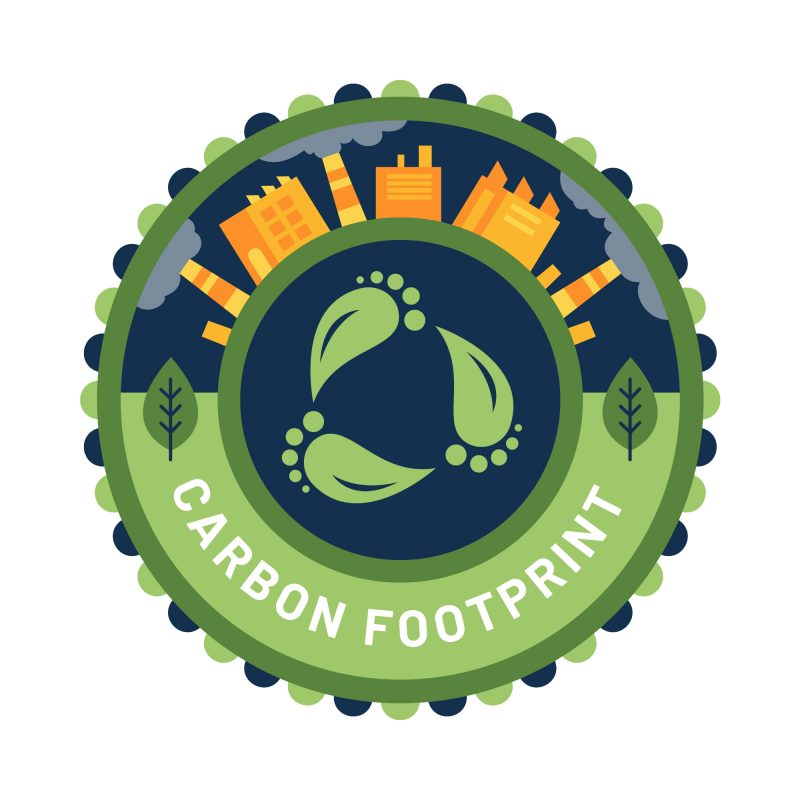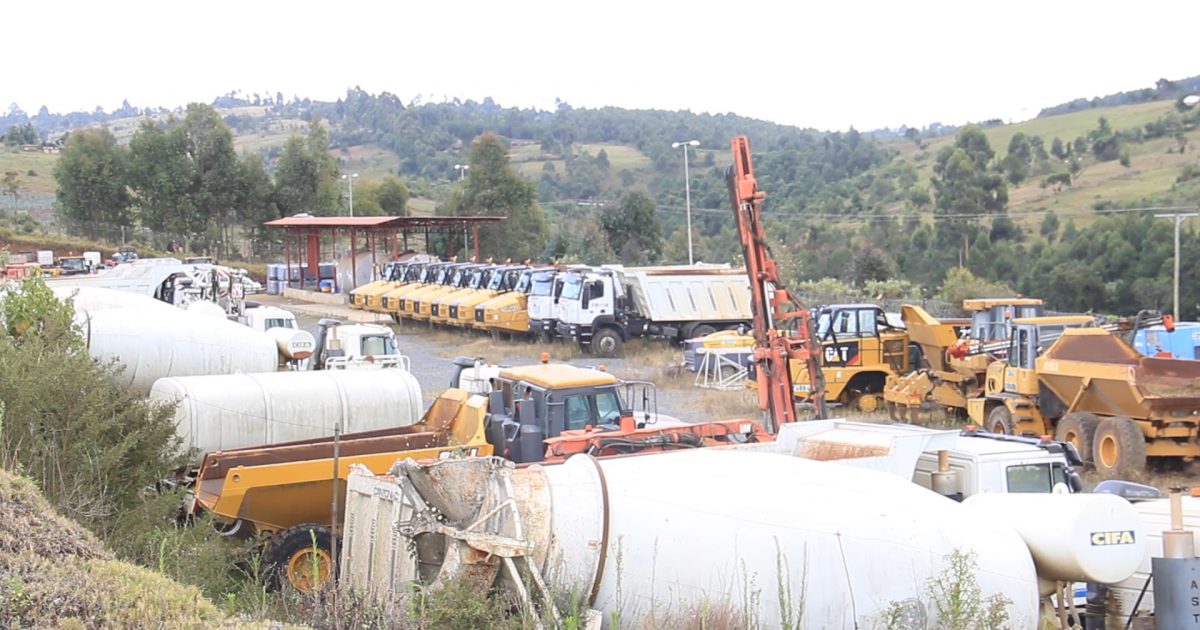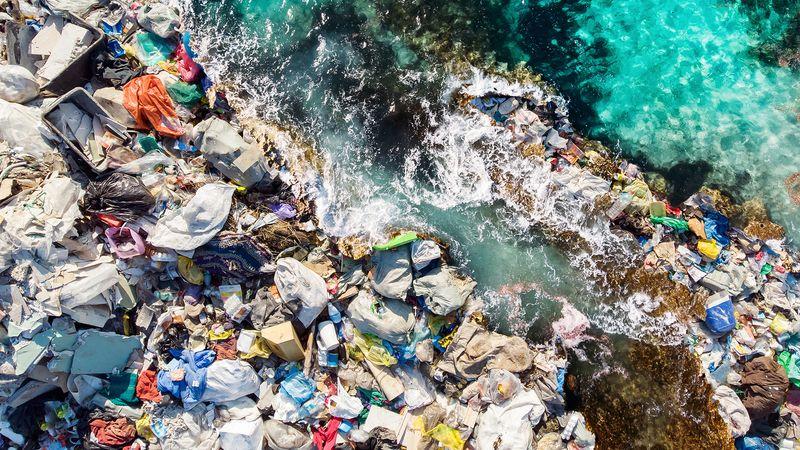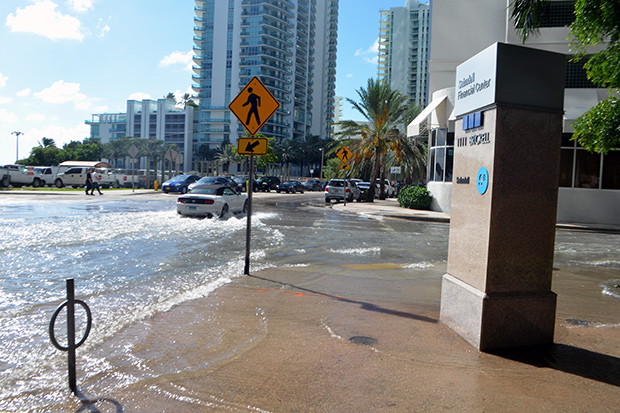- Kenya’s overall contribution to global carbon emissions remains very small, less than half a percent.
- But as droughts deepen, floods grow fiercer, and the seasons become more unpredictable, it’s becoming clear that climate change is not a distant threat.
The term ‘carbon footprint’ basically refers the mark we leave on the environment through the release of greenhouse gases, either directly or indirectly, particularly carbon dioxide, that contribute to climate change through various activities or actions such as taking a matatu.
In the global fight against climate change, terms like ‘carbon footprint,’ often sound like words being tossed around at climate conferences or printed on eco-friendly packaging.
But as droughts deepen, floods grow fiercer, and the seasons become more unpredictable, it’s becoming clear that climate change is not a distant threat.
It is a Kenyan problem too and we all have a role to play in either worsening or reducing it as. While much of the global conversation around emissions focuses on industrialized nations, it is important to recognize the relevance of this issue within the Kenyan context.
Kenya’s overall contribution to global carbon emissions remains very small, less than half a percent.
Read More
However, the country is highly vulnerable to the effects of climate change as shifting rainfall patterns, prolonged droughts, flash floods, and rising temperature are all increasing in severity.
This makes it crucial for Kenyans to understand and manage their individual and collective carbon footprints because even though our footprint is small globally, the impact we feel is massive.
Everyday activities contribute to this footprint in ways that are often overlooked. Take cooking for instance, a huge number of households still rely on charcoal or firewood.
Apart from contributing to deforestation, this releases black carbon which is a potent pollutant that traps heat.
Switching to cleaner options like Liquefied Petroleum Gas (LPG), biogas or even improved cook stoves not only cuts emissions but also, but also makes kitchens safer and improves household health.
Moreover, transport is another area where emissions quietly accumulate. We may not drive as many cars as Western countries but our cities are choking with traffic.
The growing numbers of motorbikes, aged vehicles and poorly maintained matatus contributes to air pollution and greenhouse gas release.
Walking more, cycling when possible, carpooling or shifting to low emission transport options like electric vehicles can cut your individual carbon output.
Consumer habits also play a key role. Many imported products, including food, clothing and electronics carry a carbon cost linked to their production and transport.
Ever thought about how far that trendy jacket traveled to get to your local shop? Importing goods involves a whole chain of emissions; from factories to ships to trucks. Supporting local goods, buying less plastic, and minimizing food waste help reduce that chain
It is essential that to note that climate change mitigation should not only rest on individuals. We shouldn’t expect the ordinary Kenyan hustling to make ends meet to carry the burden alone.
Government leadership and policy should play a central role in enabling low-carbon alternatives.
Investments in renewable energy, better public transport systems and sustainable urban planning should be prioritized. Likewise, companies and industries must also be held accountable for their emissions and be encouraged to operate sustainably.
At the end of the day, caring about your carbon footprint not about assigning blame but being aware and recognizing that no one is immune to climate change and its impacts.
Reducing carbon footprints through informed daily choices along with stronger policies and infrastructural support, can pave the way for a healthier and more resilient future.
Understanding the role of personal behavior within the broader climate system empowers citizens to be part of a much needed shift towards environmental sustainability.




-1750764913.jpg)

